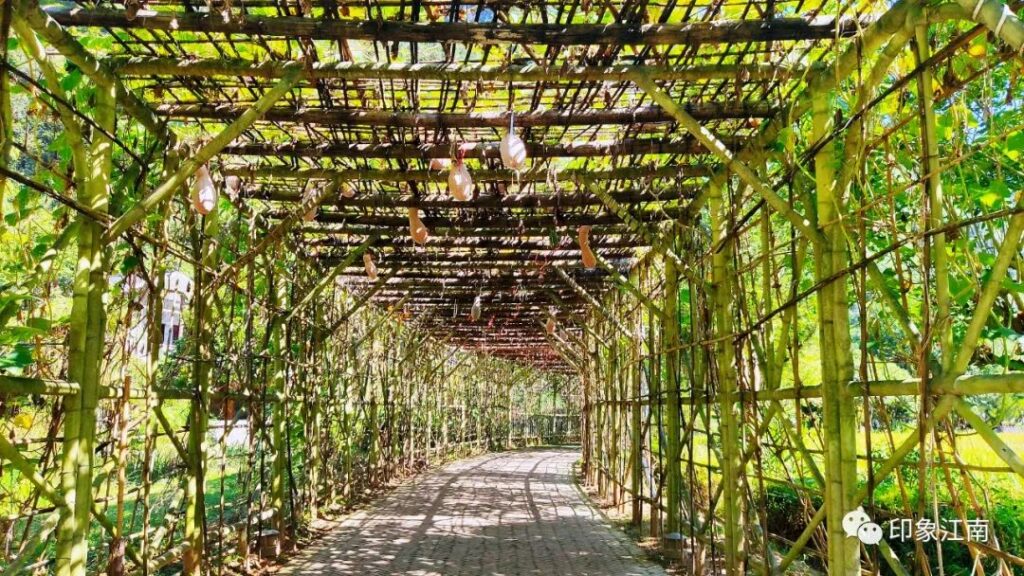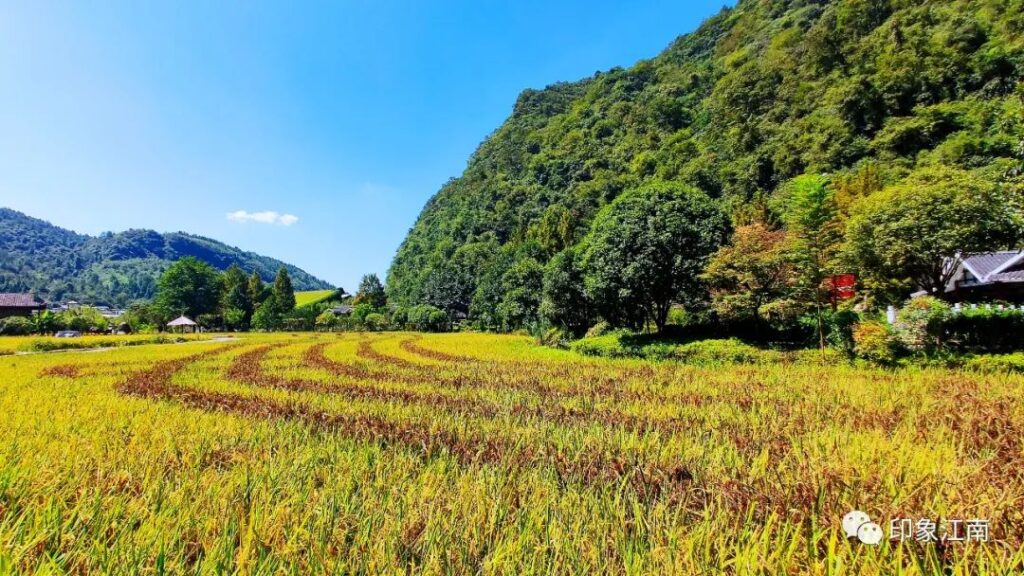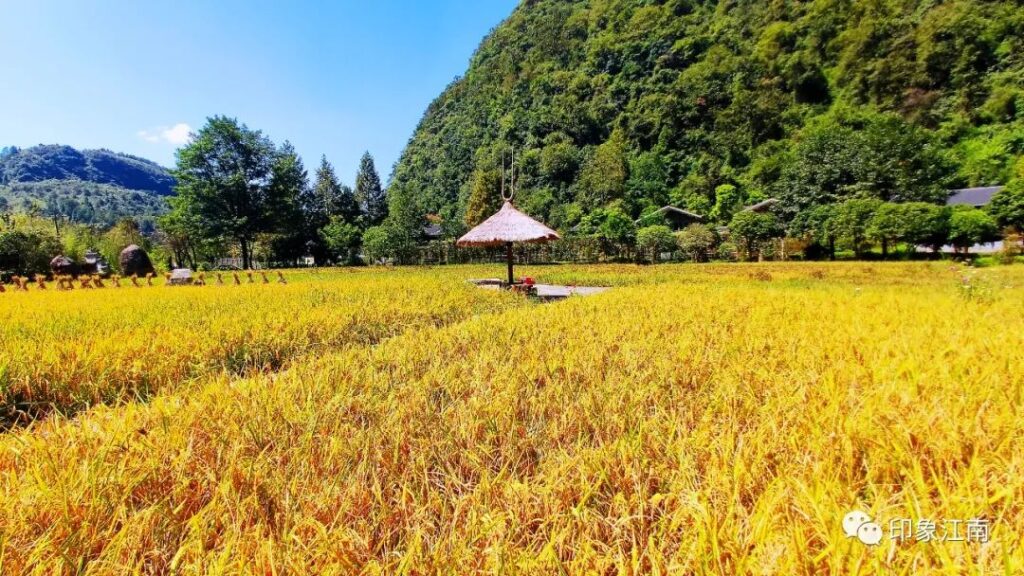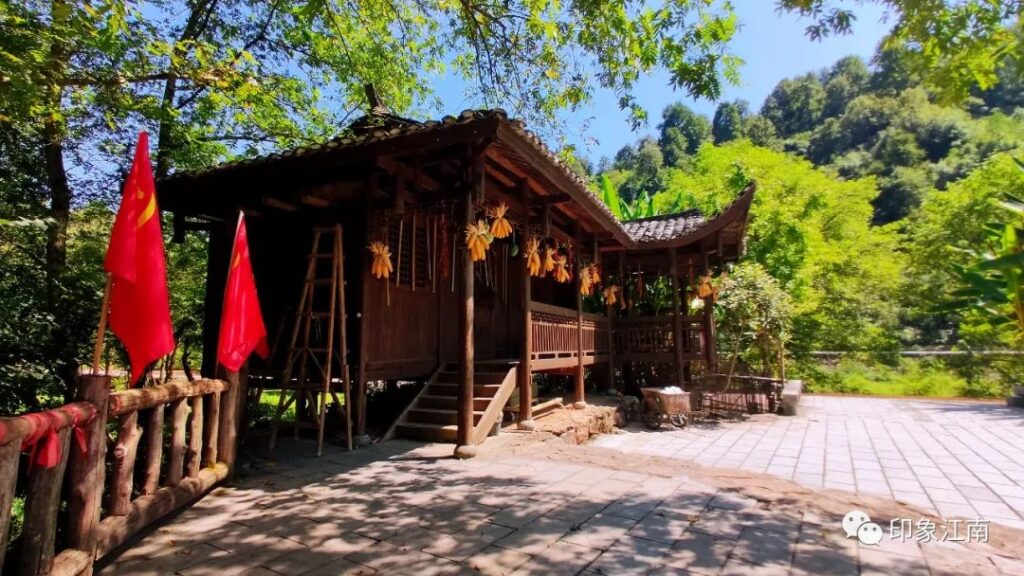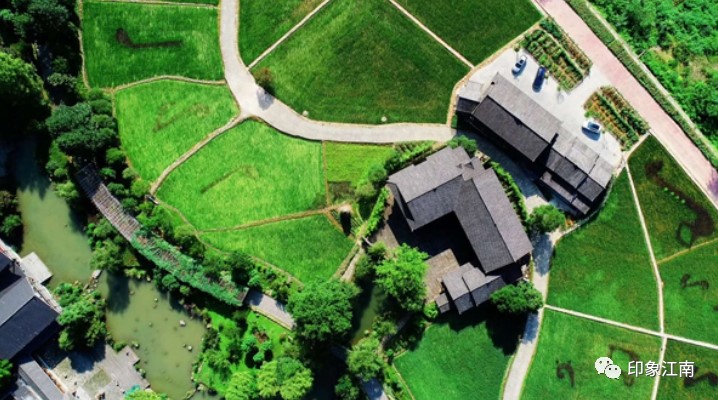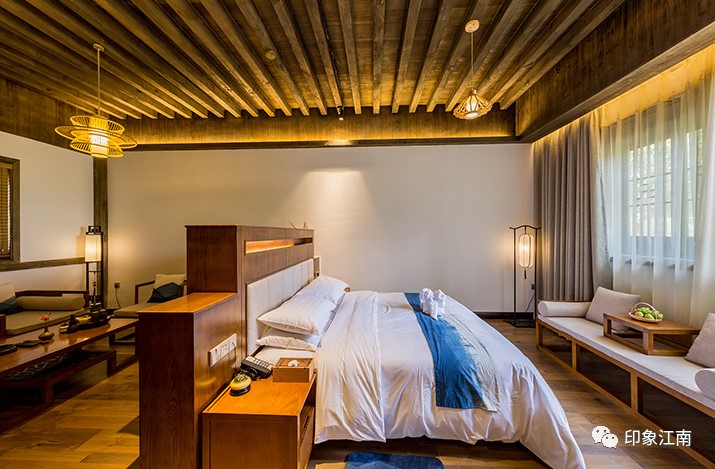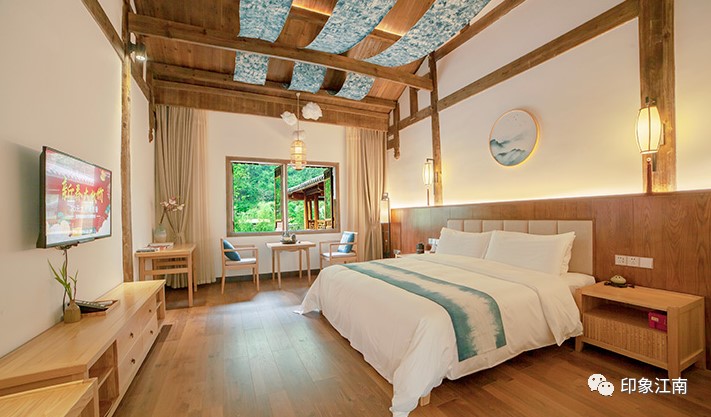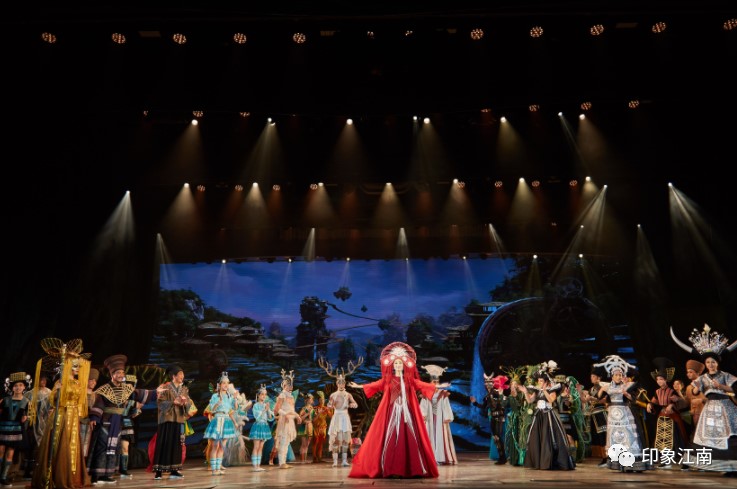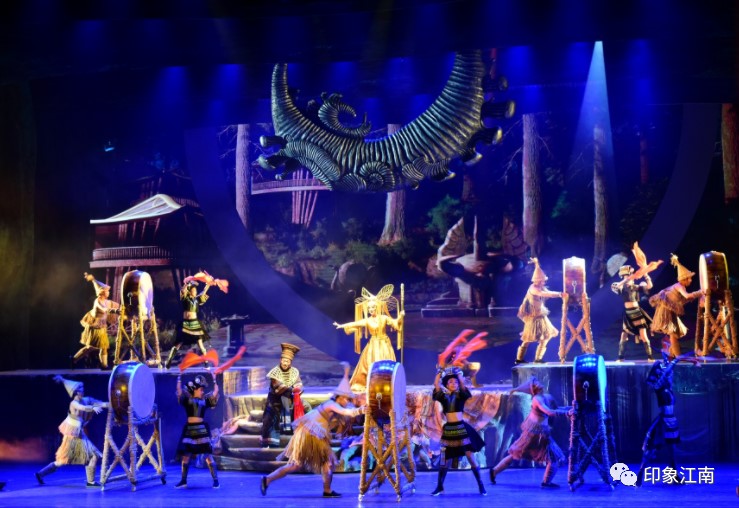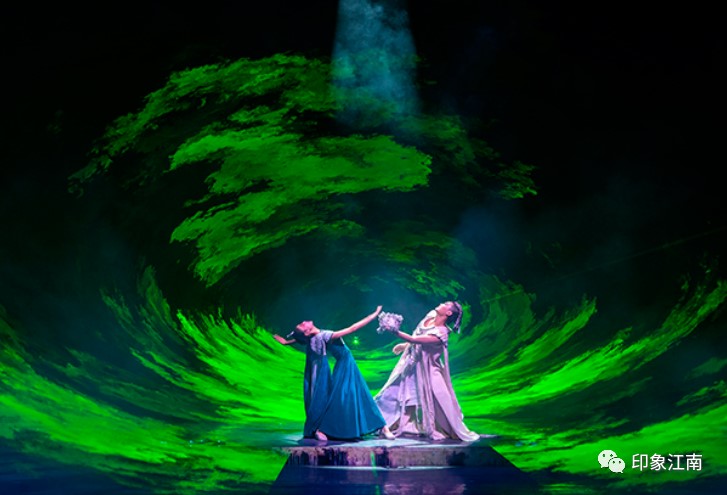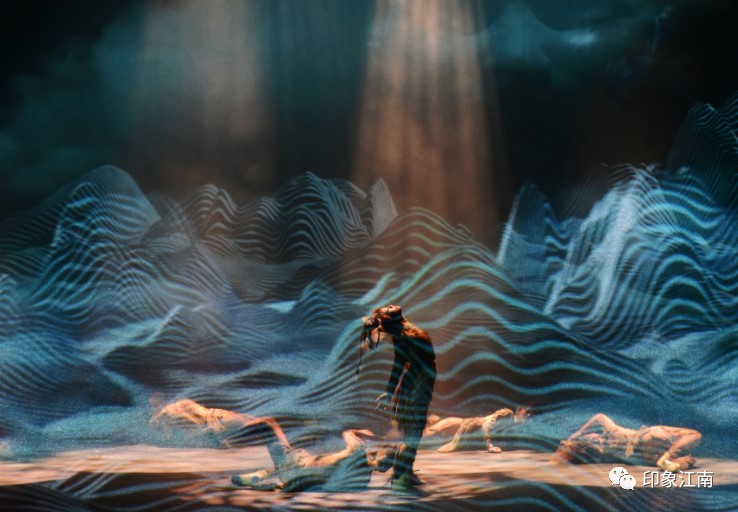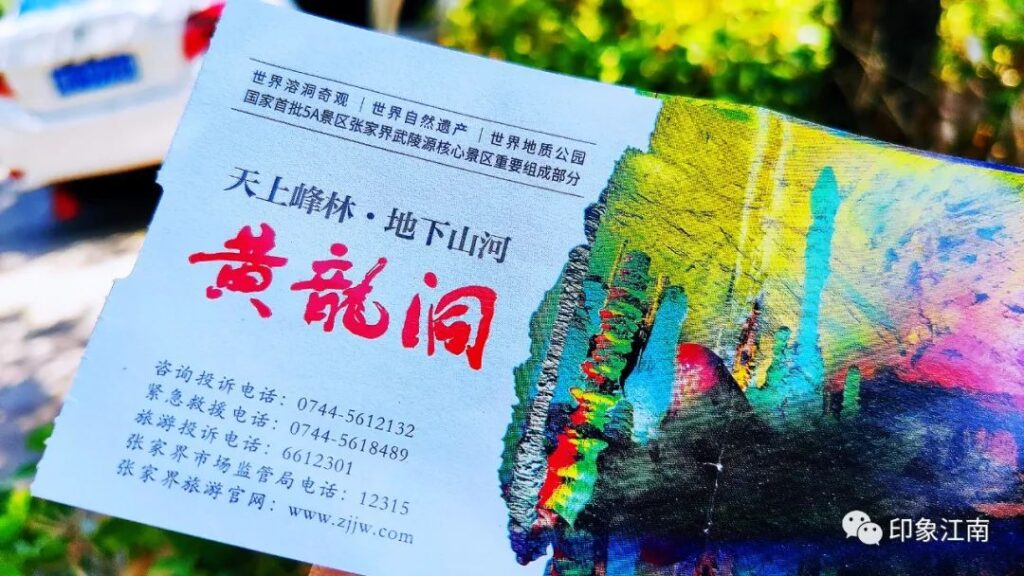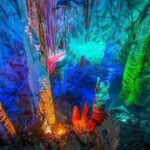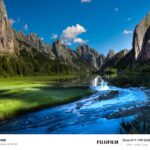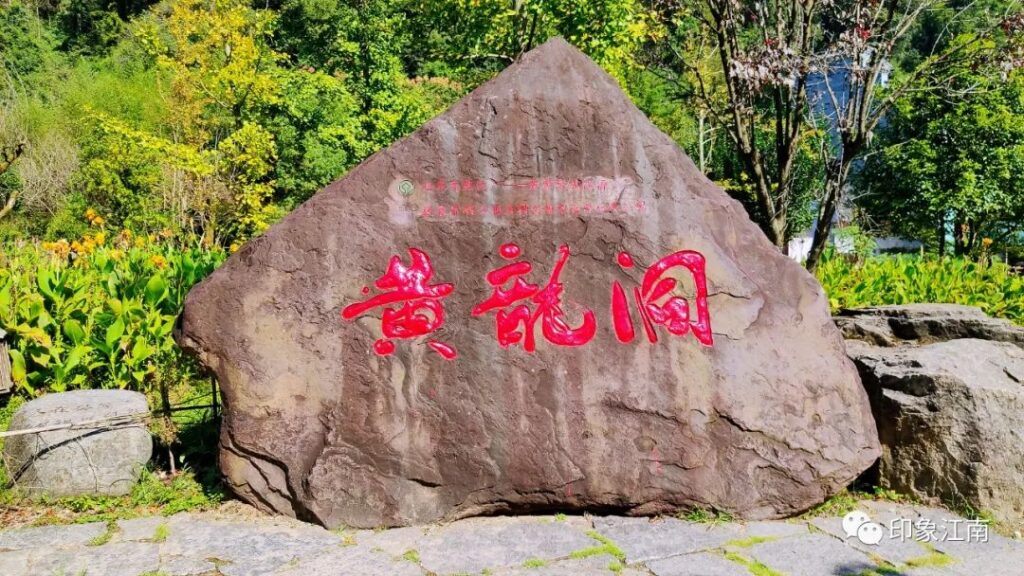
Huanglong Cave is located in the core scenic area of Wuling Yuan in Zhangjiajie City, Hunan Province. It is an integral part of the Wuling Yuan World Natural Heritage and World Geopark, featuring typical karst landforms.
The cave is renowned for its massive three-dimensional cave structure, rich cave landscapes, and unique land-water combined sightseeing routes. It has been listed as a member of the International Show Caves Association and is acclaimed as a “World Cave Wonder” and the “All-Round Champion of World Caves.” In 2005, it was selected as “China’s Most Beautiful Tourist Cave.”
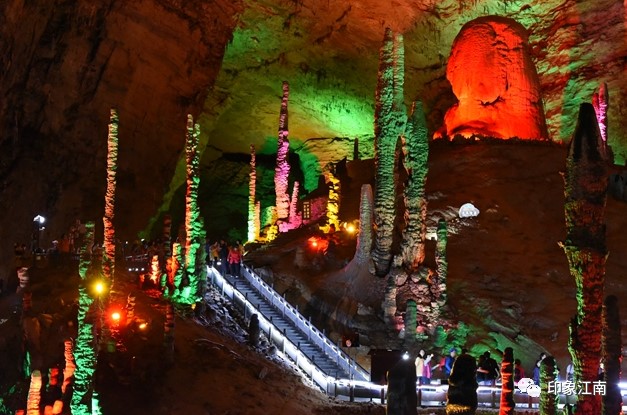
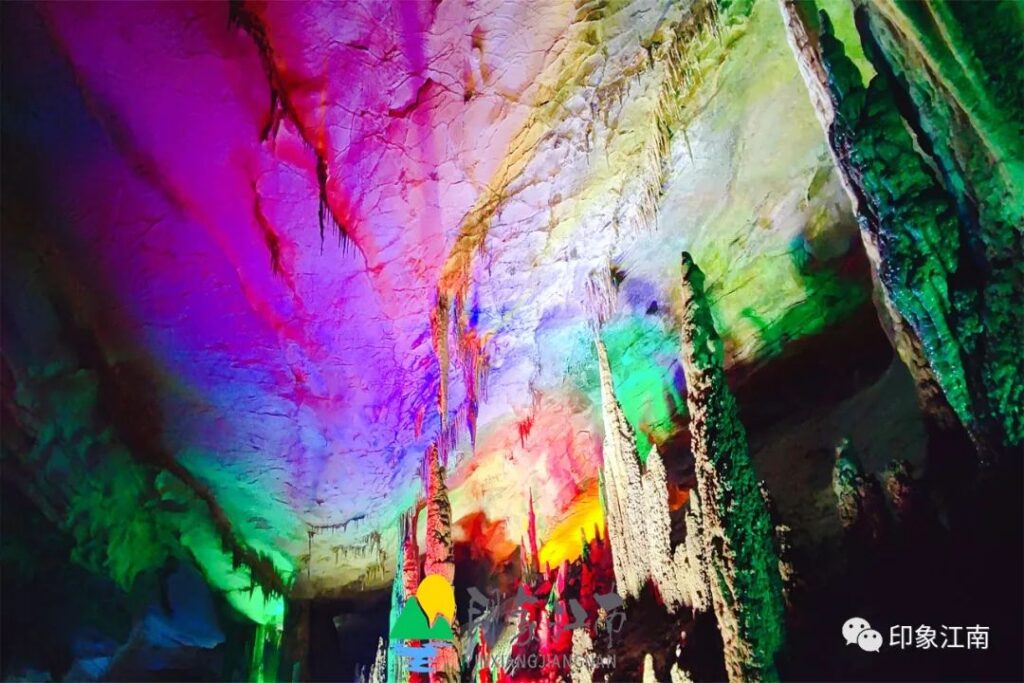
The Huanglong Cave scenic area consists of three parts: the “World Cave Wonder” Huanglong Cave, the beautiful pastoral Eco-Square, and the new ethnic music show “Misty Rain of Zhangjiajie.”
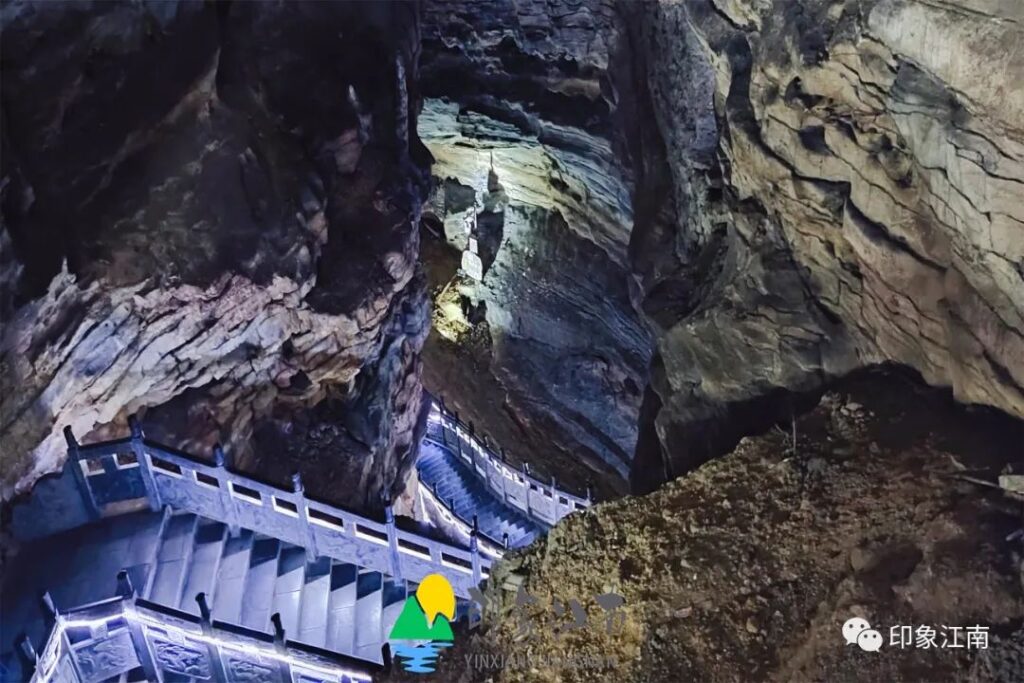
Officially opened to the public in 1984, Huanglong Cave has a total explored area of 100,000 square meters at its bottom, with a total length of 7.5 kilometers and a vertical height of 140 meters, spread across four levels. Its vast scale, abundant stalactites, and unique formations are rare among domestic and international caves, earning it the title of “All-Round Champion” from cave experts worldwide.

The Eco-Square, located in the valley outside Huanglong Cave, was completed and put into use in 2008. With a total investment exceeding 200 million yuan and covering an area of 119,200 square meters, it includes ten scenic areas such as Huanglong Concert Hall, Pastoral Idyll, Cultural Corridor, Waterwheel Charm, and Giant Salamander Habitat. In 2008, it won the national “Environmental Art Award” and was praised as a model for tourist area square construction in China.
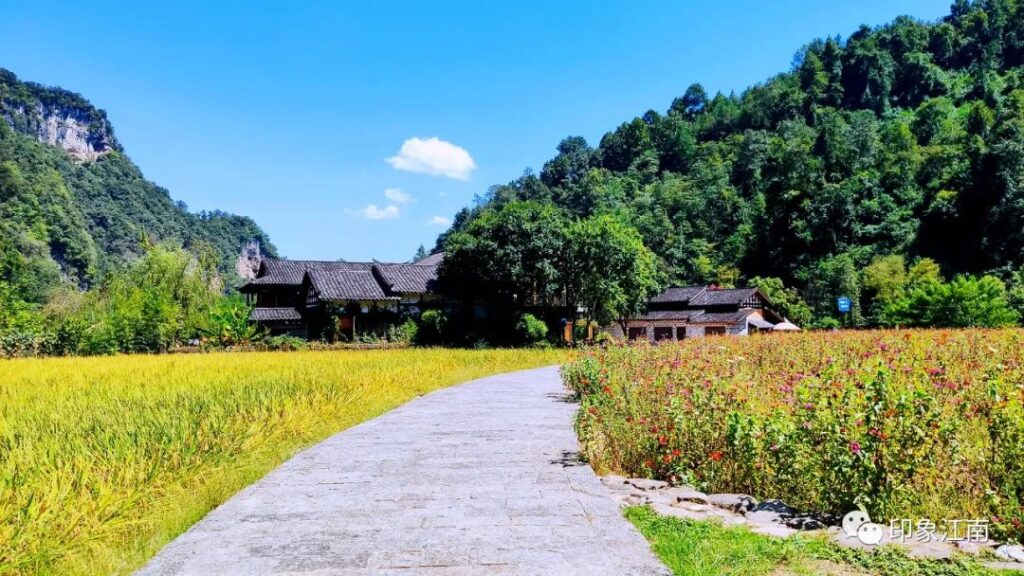
The resident show “Misty Rain of Zhangjiajie” at Huanglong Concert Hall is China’s first creative new ethnic music show that blends indigenous minority culture with avant-garde expression. Upon its debut on October 1, 2019, it received high praise from CCTV’s music channel and garnered widespread attention and acclaim from both inside and outside the industry.
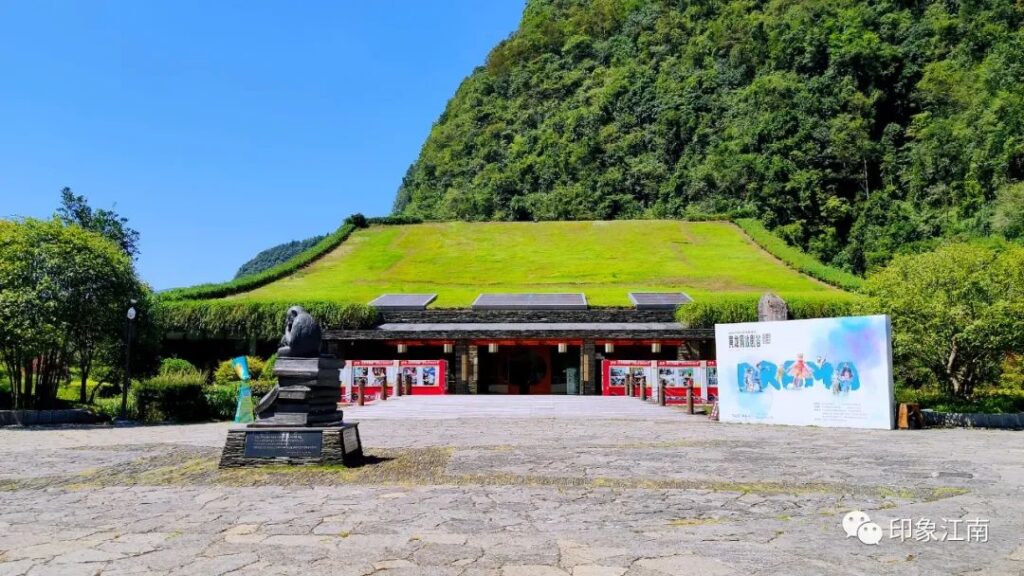
Through years of development, Huanglong Cave has grown into a high-quality, well-equipped, fully-functional international tourist attraction with first-class service and distinctive features. It enjoys high recognition and reputation worldwide, with its visitor numbers consistently ranking first among similar attractions in China for many years.
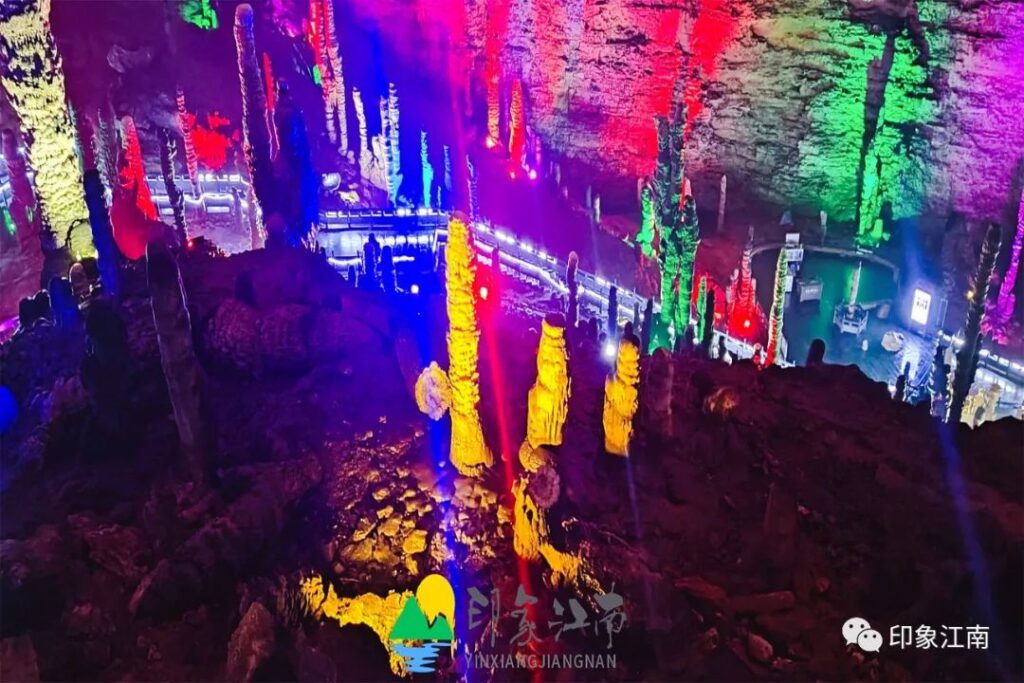
According to expert research, about 380 million years ago, the area where Huanglong Cave is located was a vast ocean, depositing highly soluble limestone and dolomite layers. It wasn’t until 65 million years ago that the earth’s crust began to rise, initiating the cave formation process. Through prolonged water flow and karst action, today’s underground wonder was formed. Over 70 experts from China’s Geological Department concluded that Huanglong Cave’s scale, content, and beauty encompass almost all aspects of speleology, making it the “All-Round Champion of World Caves.”
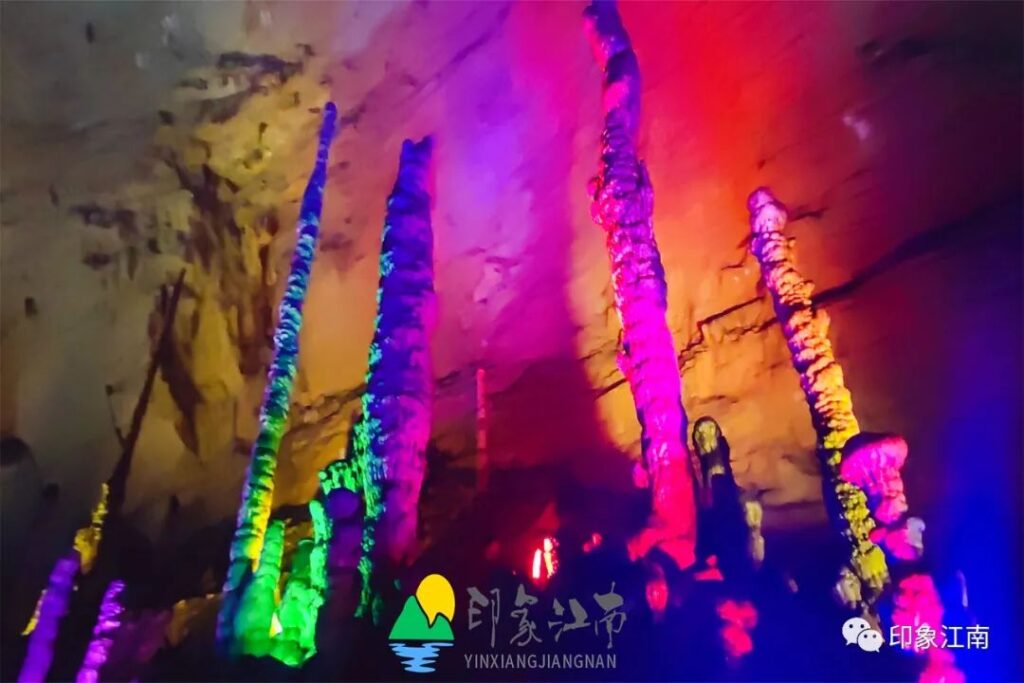
Huanglong Cave is also known as Huanglong Spring. Legend has it that during the Qianlong period of the Qing Dynasty, a hundred-day drought occurred. The famous master He Junru led his disciples into the cave to pray for rain, but they all perished. Before dying, Master He left a saying: “Let the fields at the door dry up, but do not disturb Huanglong Spring.” Since then, Huanglong Cave has become widely known.
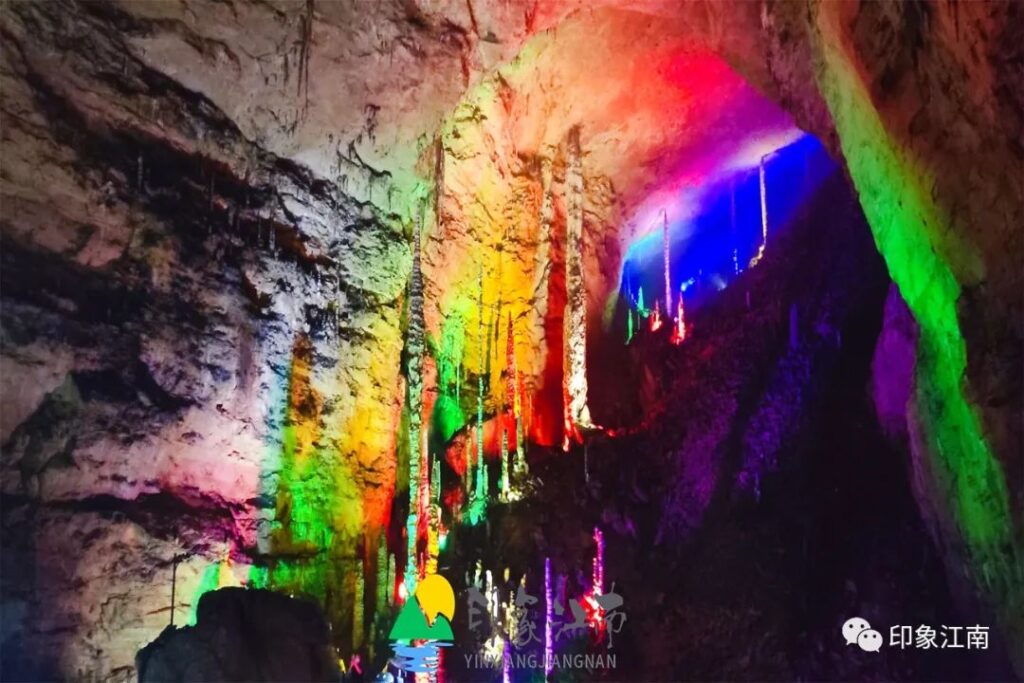
Huanglong Cave was discovered and explored by eight local young militiamen in 1983 and officially opened to the public on October 1, 1984. After more than 30 years of construction and development, its tourist reception volume has ranked first among similar scenic areas in China for over a decade. It is the first tourist attraction in Hunan Province to own a “China Famous Trademark” and is also the most world-renowned and acclaimed tourist cave in China.
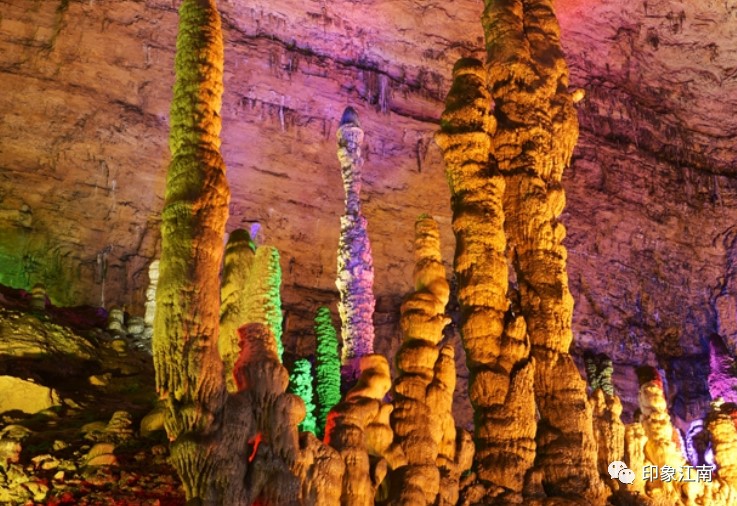
Located in the Wulingyuan Scenic Area of Zhangjiajie City, Hunan Province, Huanglong Cave is 36 kilometers away from Zhangjiajie city center, Zhangjiajie Hehua Airport, Zhangjiajie Railway Station, and Zhangjiajie Central Bus Station. It is 20 kilometers from the Yanghe exit of the Changsha-Zhangjiajie Expressway. The high-grade Zhang-Qing Highway connects the city center and the scenic area, while Provincial Road S306 leads directly to the scenic spot.
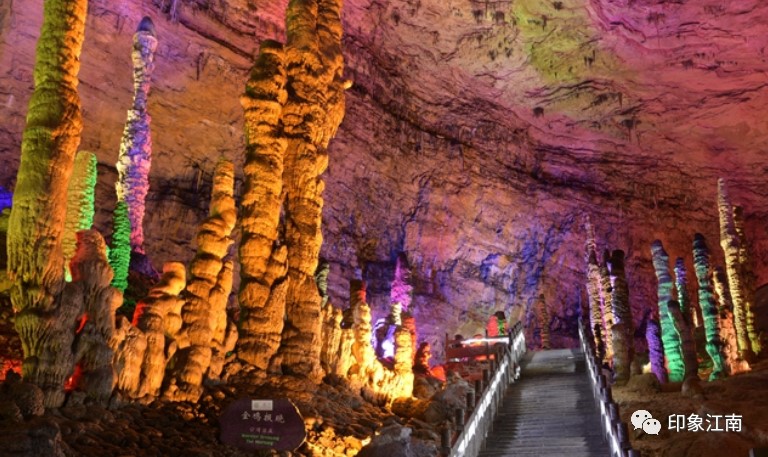
Huanglong Cave features a three-dimensional cave structure, vast cave spaces, wide halls, and tens of thousands of stalagmites. It boasts large cave waterfalls and both land and water sightseeing routes, making it a uniquely characteristic cave for exploration. Inside the cave, there are 1 reservoir, 2 rivers, 3 pools, 4 waterfalls, 13 large halls, 98 corridors, as well as dozens of peaks, thousands of jade-like pools, and nearly ten thousand stalagmites.
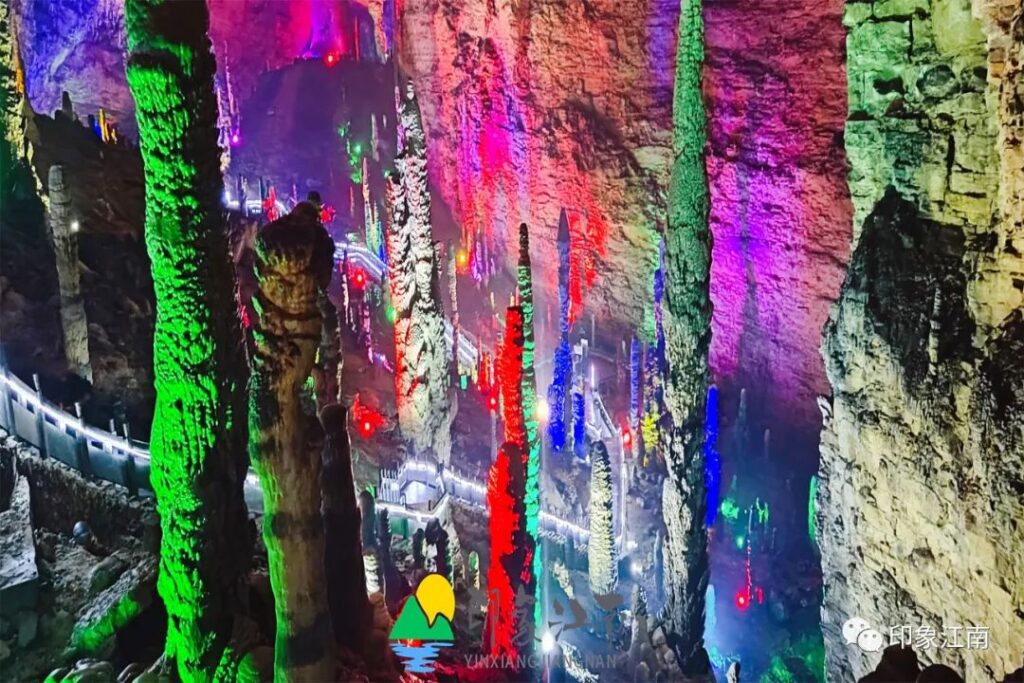
The cave is filled with various limestone formations including stalactites, stalagmites, stone pillars, stone flowers, stone curtains, stone branches, stone tubes, stone pearls, and stone corals. These formations create a magical underground “palace” with endless wonders. Huanglong Cave currently has six major sightseeing areas open to the public: Dragon Dance Hall, Echoing Water River, Sky Pillar Street, Fairy Waterfall, and Dragon Palace. The main attractions include over 100 sights such as the Sea-Calming Magic Needle, Ten Thousand Year Snow Cedar, Dragon King’s Throne, Rocket Launch, Flower-Fruit Mountain, Fairy Waterfall, Conch Blowing to the Sky, Double Gates Welcoming Guests, Changing Landscape, and Yellow Earth Highland.
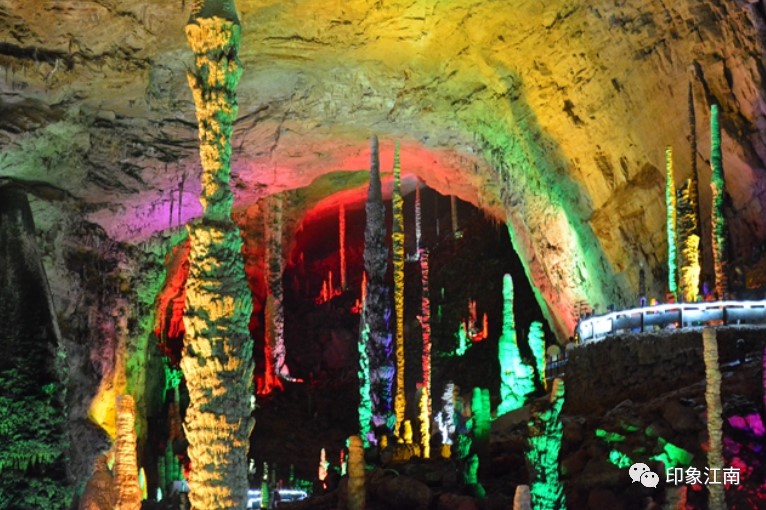
The Dragon Palace is the largest and oldest hall in Huanglong Cave, formed over 200,000 years ago. It has an average height of 40 meters and a floor area of 14,000 square meters. It is also the hall with the most developed stalagmites in Huanglong Cave, containing over 1,705 stalagmites and stone pillars, of which 516 are over 1 meter tall. The quantity and distribution density of stalagmites in this hall are rare among open karst caves in China.
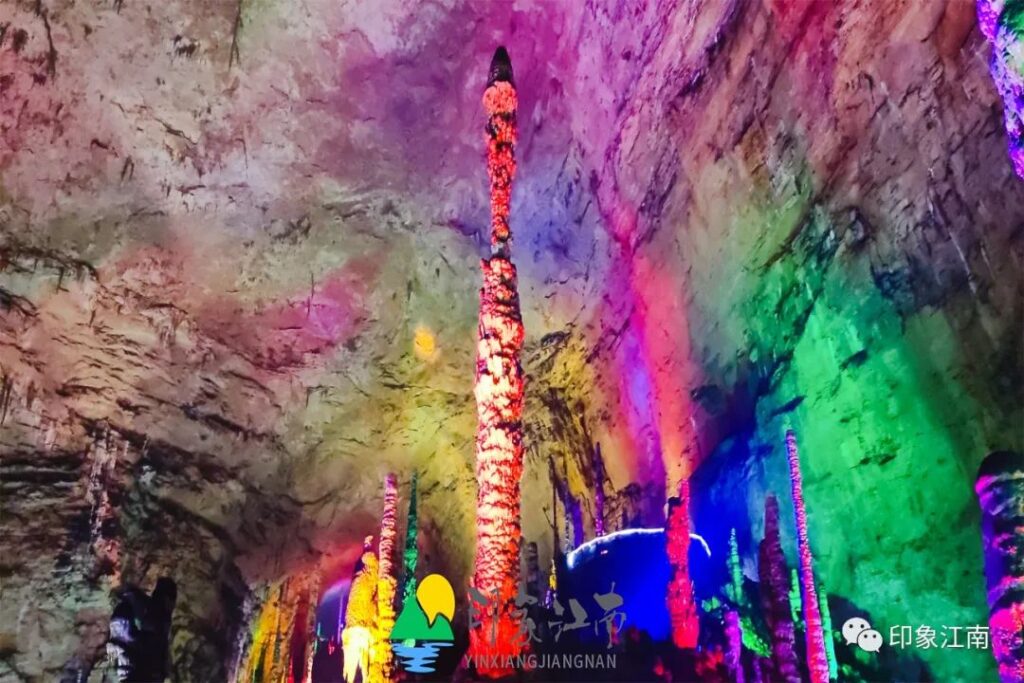
In 1992, when Sanser, a senior advisor to the World Natural Heritage Committee, visited the Dragon Palace, he exclaimed, “This is the place where I have seen the most concentrated and lifelike cave stalagmites… Huanglong Cave truly deserves to be called a world cave wonder, it’s simply too extraordinary and marvelous.”
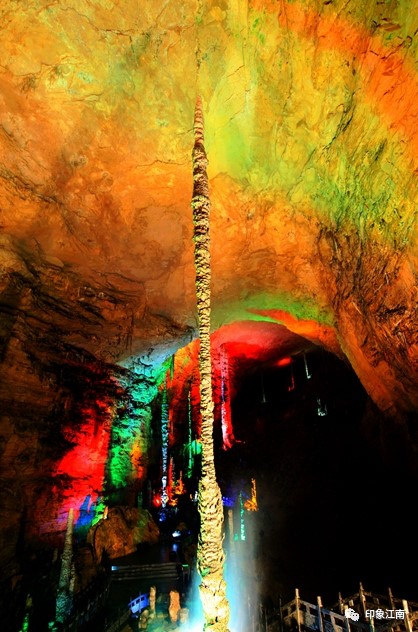
The Sea-Calming Magic Needle is the tallest stalagmite in Huanglong Cave and is the landmark attraction of the scenic area. Standing at 19.2 meters high, it was formed over 200,000 years ago. Its unique feature is that it is thick at both ends and thin in the middle, growing on a slope, making it exceptionally spectacular and magical, worthy of being called the “cave’s treasure.” In 1998, the Sea-Calming Magic Needle was insured for 100 million yuan, pioneering the practice of insuring resource-based assets in the world.
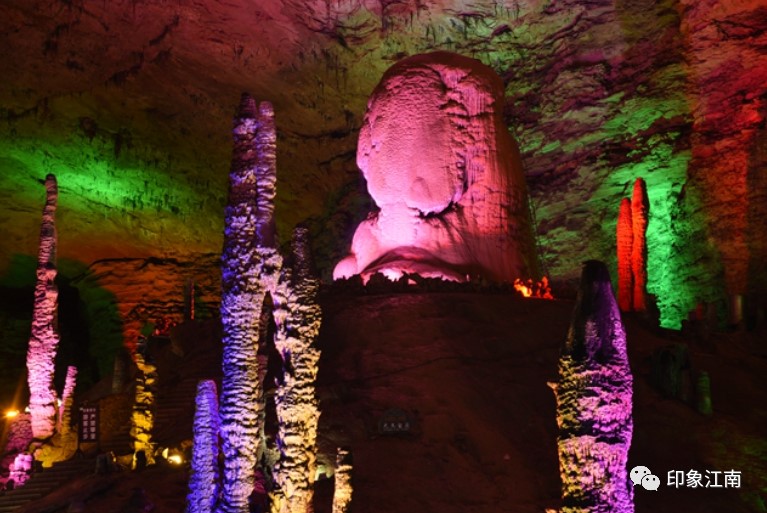
The Dragon King’s Throne is the thickest stalagmite in Huanglong Cave, located on the left side of the slope at the entrance of the Dragon Palace. It is 12 meters high with a base diameter of 10 meters. In the middle, there is a huge hollow that is said to accommodate 15 adults at once.
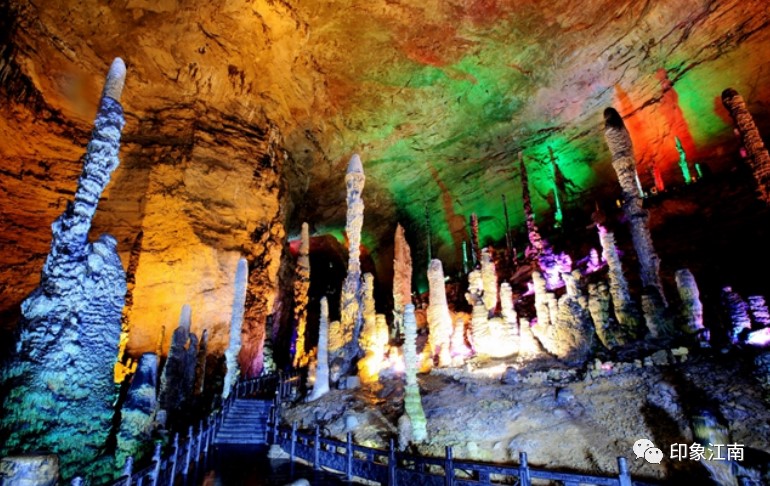
The Snow Cedar is the fastest-growing stalagmite in Huanglong Cave. It stands 17 meters tall, snow-white in color, and is prominently located on the slope at the western end of the Dragon Palace Hall. The phrase “Heavy snow presses on the green pine, yet the pine stands tall and straight” perfectly describes this formation. The scientific name for the “Snow Cedar” is palm-shaped stalagmite, formed by the combined effect of water dripping from the cave ceiling and its resulting splash. Such formations are typically found only in spacious halls. Analysis of samples from its base palm-like layers indicates that the “Snow Cedar” has been standing here for 96,000 years, earning it the alternative name “Ten Thousand Year Pine.”

The Echoing Water River is one of the three underground rivers in Huanglong Cave, located on the second level. It stretches 2,800 meters with an average depth of 6 meters, reaching 12 meters at its deepest point. Currently, visitors can enjoy an 800-meter boat ride lasting about 8 minutes. The river maintains an average temperature of around 16°C year-round and is home to the Chinese giant salamander (a national second-class protected animal) and the transparent “glass fish.”
As you sail along the Echoing Water River, you’ll encounter mysterious and enchanting scenery, including sights like the Dragon King’s Golden Helmet and the Conch Blowing to the Sky. The journey through the deep, secluded valley with its towering banks and high ceilings, alternating between light and shadow, feels like traveling back to primordial times. In 1992, when Lucas, a United Nations World Natural Heritage expert, explored the Echoing Water River, he praised, “Huanglong Cave is the most beautiful karst cave I’ve ever seen, and to have such a stunning underground river is truly incredible!”
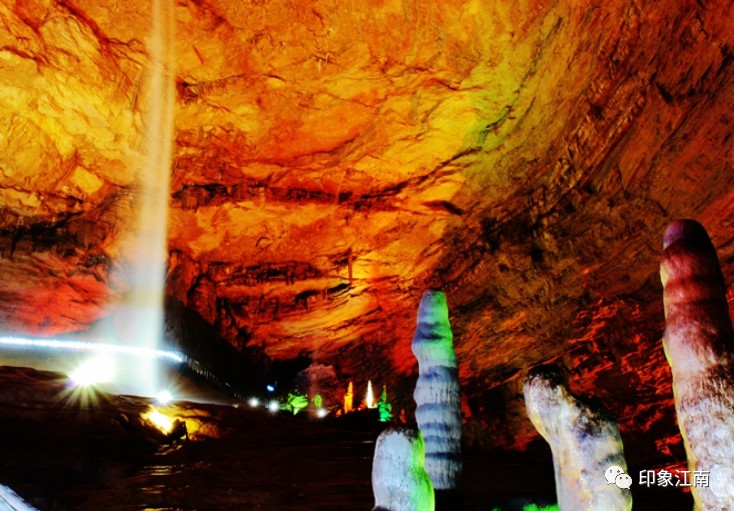
The Fairy Waterfall, located in the Fairy Palace area of Huanglong Cave, is the largest and highest suspended waterfall in any developed karst cave in China. With a drop of 27.3 meters, it cascades directly from the cave ceiling, creating a spectacular display of water and mist. The waterfall flows continuously throughout the year, maintaining its majestic presence across all seasons.
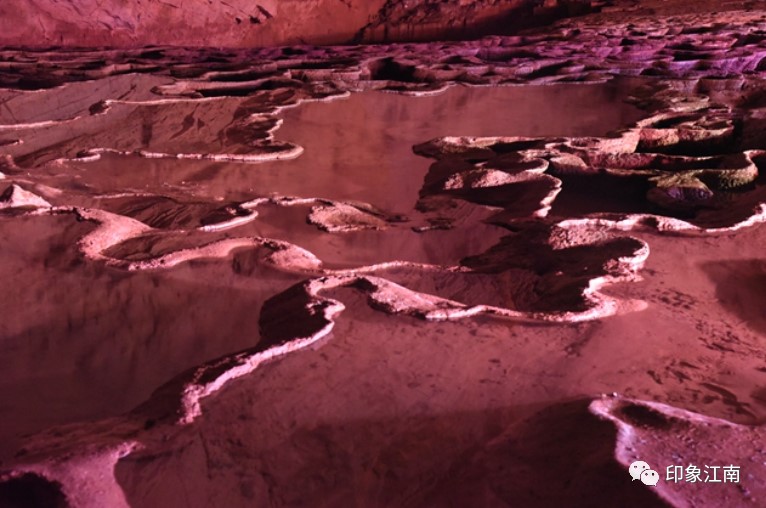
The scientific name for the Thousand Hills Fields is “travertine dam,” also known as “terrace fields.” These formations are calcium carbonate deposits created by horizontally flowing water at the cave bottom. Huanglong Cave contains countless large and small Thousand Hills Fields, crisscrossing like an impressive agricultural landscape.

The Fairy Bridge spans the Echoing Water River, connecting the Flower-Fruit Mountain area with the Sky Pillar Street area. It is the largest artificial stone arch bridge in any developed karst cave in China. Built in 1994, the bridge has a span of 22 meters, is 3 meters wide, and stands 17 meters above the water surface. It is constructed from wood grain stone, one of the three famous stones of Zhangjiajie.
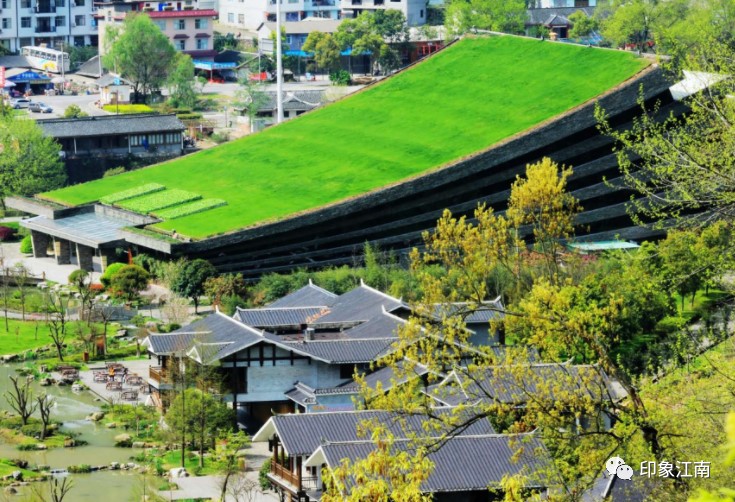
The Huanglong Concert Hall is located at the entrance of the Ecological Square. Built to international standards by the Huanglong Cave Investment Co., Ltd., it covers an area of 4,970 square meters with a total investment of 160 million yuan and has 818 seats. The concert hall is backed by the lush vegetation of Huanglong Cave mountain and faces vast rice fields, with the gently flowing Suoxi River to its south.
The entire building features a frame-shear wall structure. Its 3,250-square-meter sloping roof is entirely covered with green grass and flowers, making it the world’s largest green roof. The exterior walls are made of local bluestone shale, forming a musical note string curtain wall that blends seamlessly with nature. The building resembles a cultural treasure of Zhangjiajie about to open for the world to read, or a piece of jade embedded in Zhangjiajie’s landscape. It has been acclaimed as the “World’s Most Beautiful Concert Hall in Terms of Environment.”
Pastoral Landscape Area

“People dwell together in Wulingyuan, cultivating fields beyond the mundane world.” At the inception of the Ecological Square’s construction, Huanglong Cave Scenic Area converted 30 mu (about 2 hectares) of construction land back into farmland. This area now grows various crops year-round, including rapeseed, rice, fruits, and vegetables. With farmers, oxen, shepherds, waterwheels, waves of rice paddies, and flowers blooming everywhere, it creates a picturesque pastoral scene reminiscent of an idyllic utopia.
In the center of the farmland in the Ecological Square stands a Tujia-style courtyard called Dragon Lodge. This high-end homestay, built by the Huanglong Cave Scenic Area with an investment of over 20 million yuan, follows the traditional Tujia estate design. The main structure consists of several residences constructed using “ancient methods,” while the interior is equipped to five-star standards. Outside the courtyard lies the Ecological Square, harmonious with nature, beautifully landscaped, and filled with rural charm. Visitors find themselves in a delightful environment that invites extended stays.
The Grass Tree Toilet is located at the eastern end of the Pastoral Landscape Area in Huanglong Cave’s Ecological Square, opposite the Huanglong Concert Hall. It is an eco-friendly tourist toilet built by the scenic area with an investment of 4 million yuan. The toilet’s design is uniquely creative and strikingly distinctive, resembling two giant grass trees standing in the fields, blending perfectly with the surrounding environment.

During its construction, the Grass Tree Toilet attracted considerable attention due to its unusual appearance and unconventional building method. After completion, it quickly became a new “internet-famous spot” in Zhangjiajie’s Wulingyuan area, with countless tourists visiting daily to take photos.

“Misty Rain in Zhangjiajie,” the nation’s first new ethnic music show, is a new production tailored for the Huanglong Concert Hall. The Huanglong Cave Investment Co., Ltd. invested over 60 million yuan in this project. Created by A Duo, a local ethnic minority artist who secluded herself in her hometown mountains for eight years, the show is a creative masterpiece that blends indigenous ethnic culture with avant-garde expression.
The show tells a love story set in an ancient village in the Zhangjiajie mountains. It employs various virtual and real-world stage-crafting techniques to skillfully bring ancient indigenous life scenes and labor practices to the stage. The production organically incorporates the most representative ethnic minority cultural elements and intangible cultural heritage, such as wedding laments, sacrificial rituals, “Daliuzi” dance, mountain songs, and “Shuiqiang” opera. It deconstructs and rebuilds numerous art forms rooted in indigenous ethnic genes using contemporary artistic expression, thus giving new form and life to traditional civilization.
